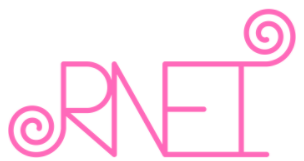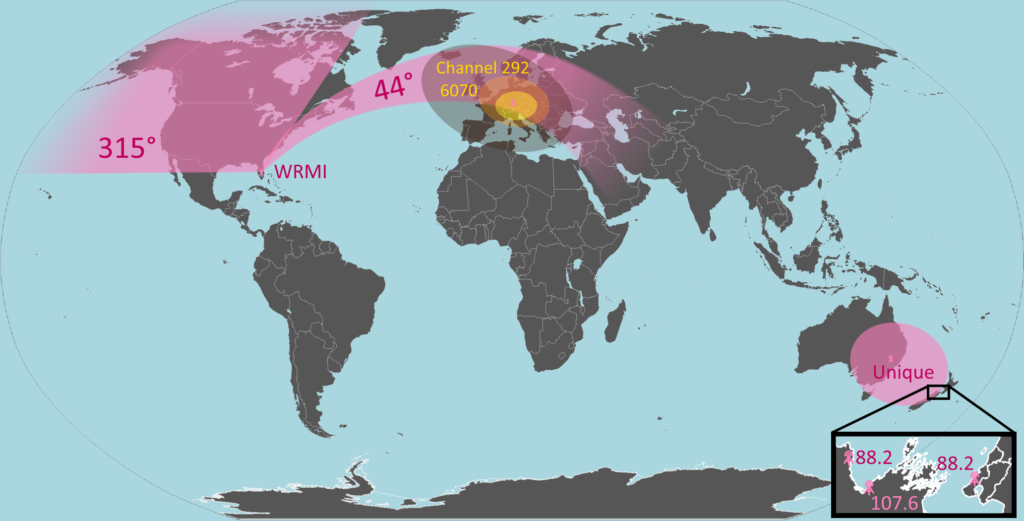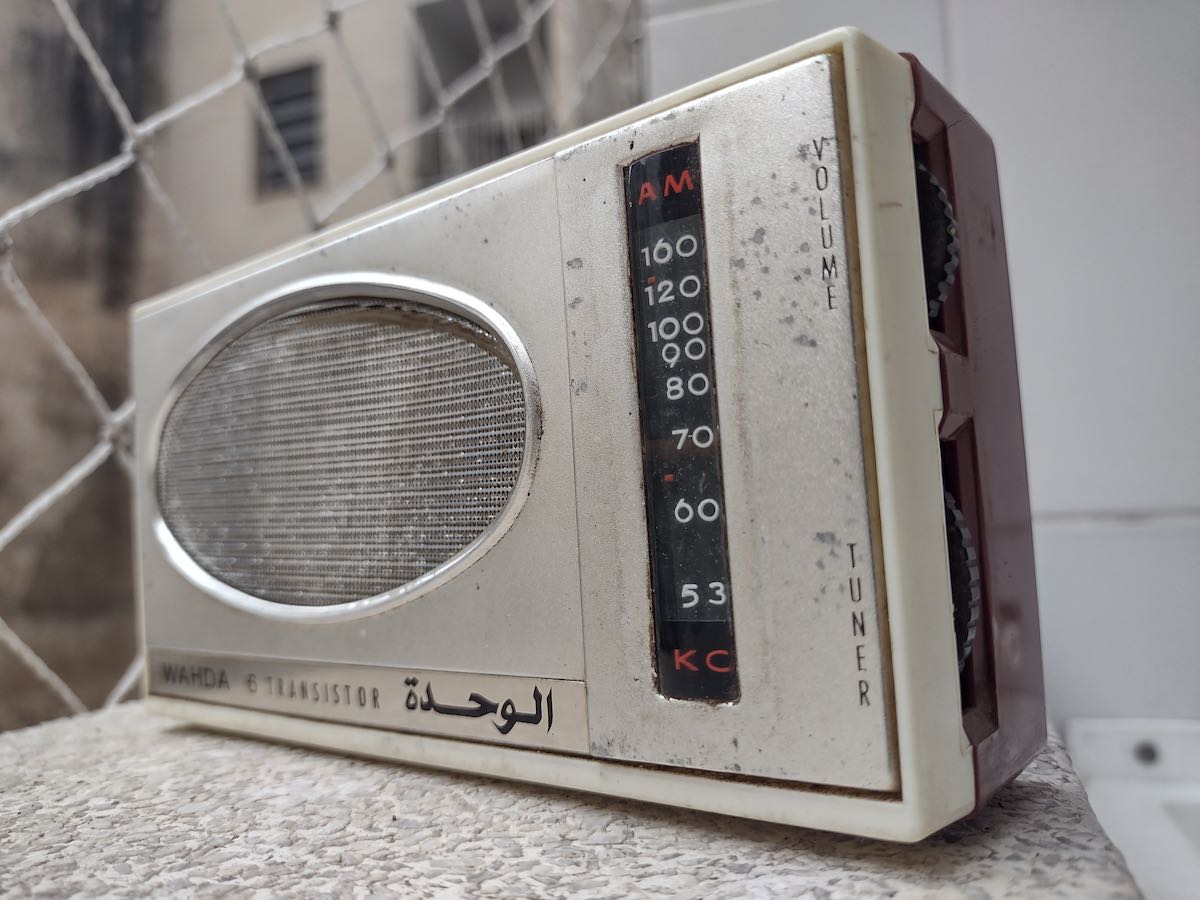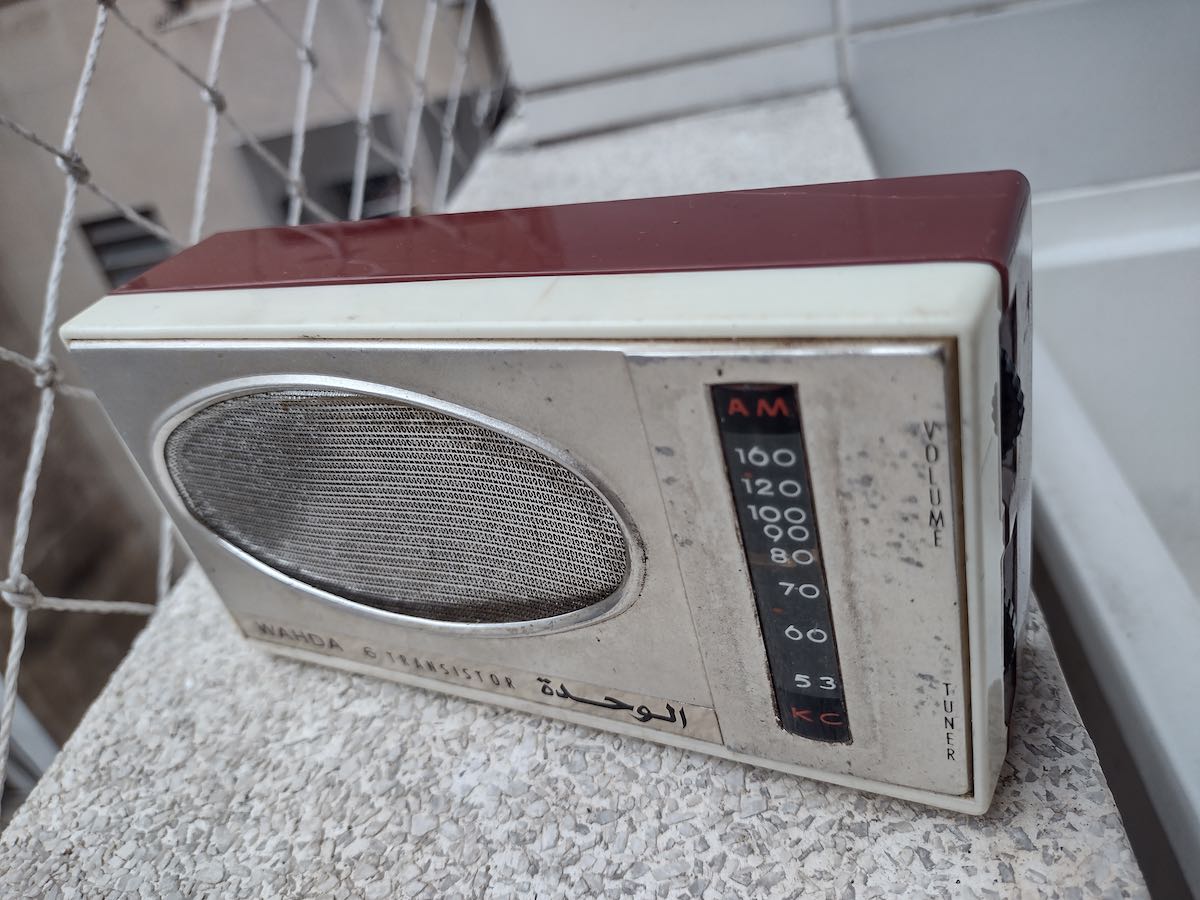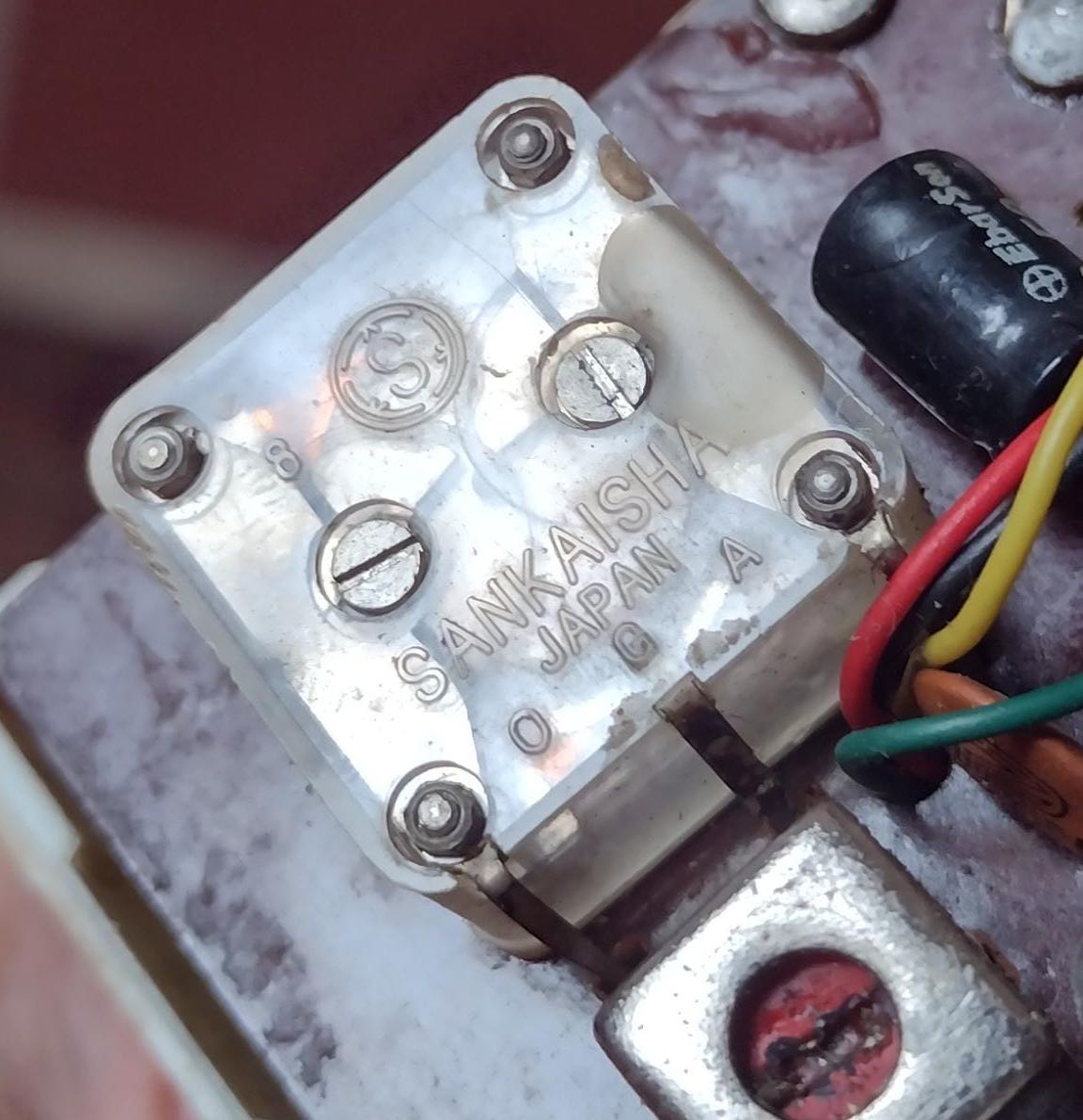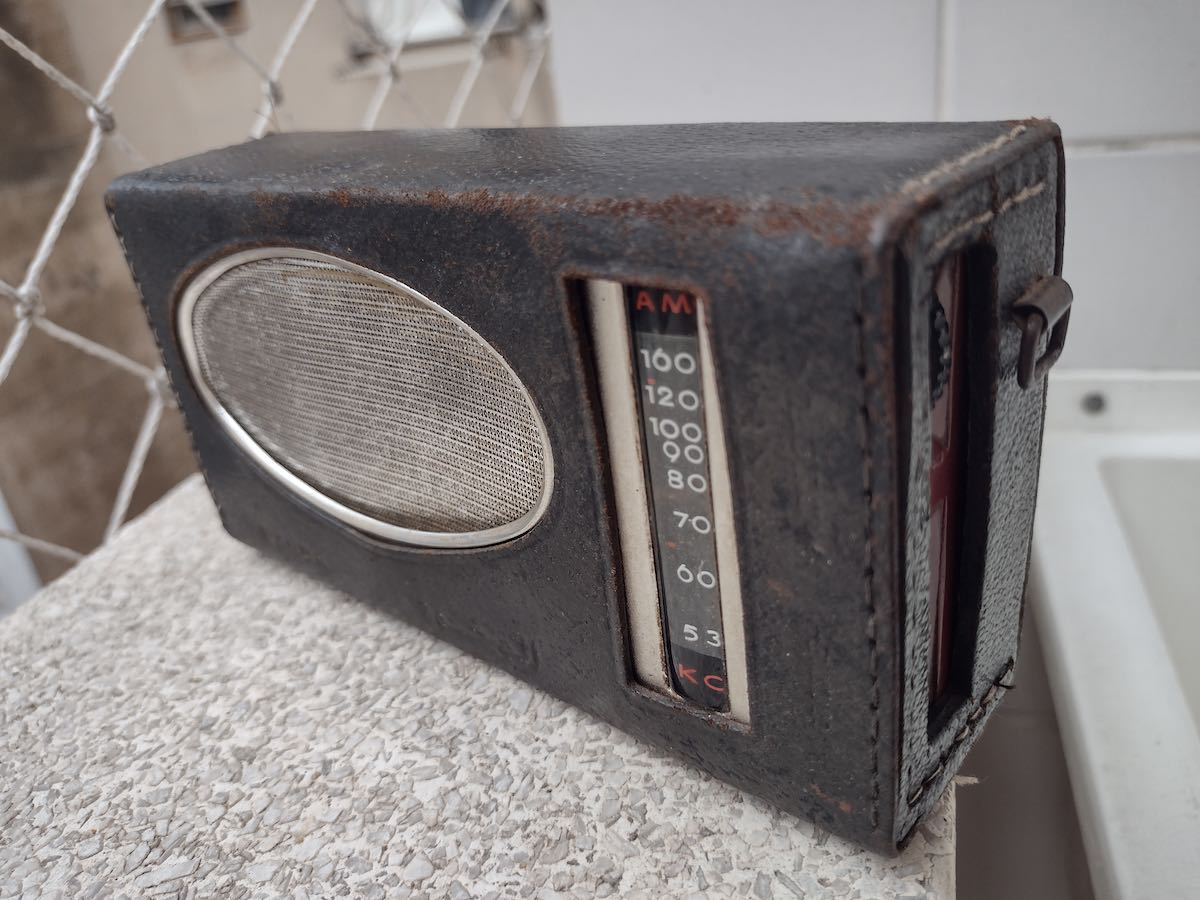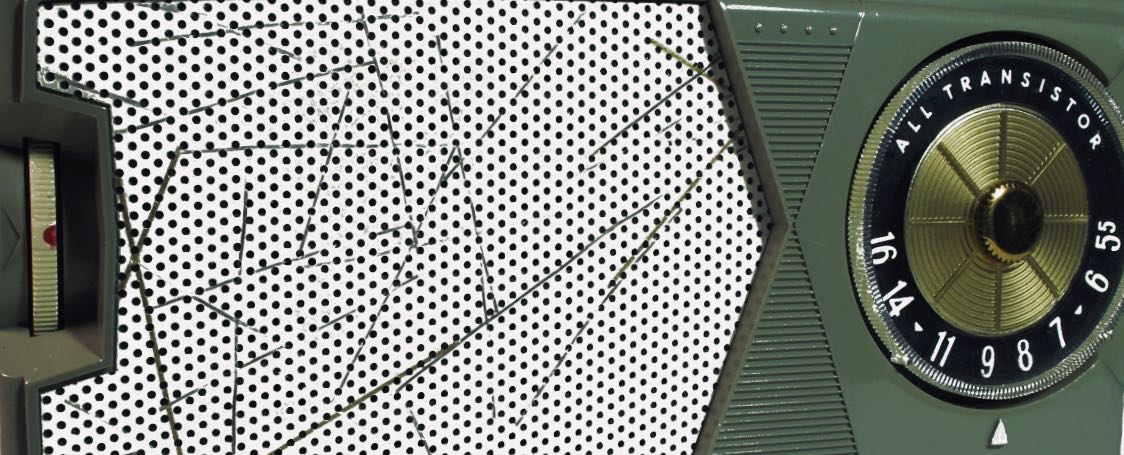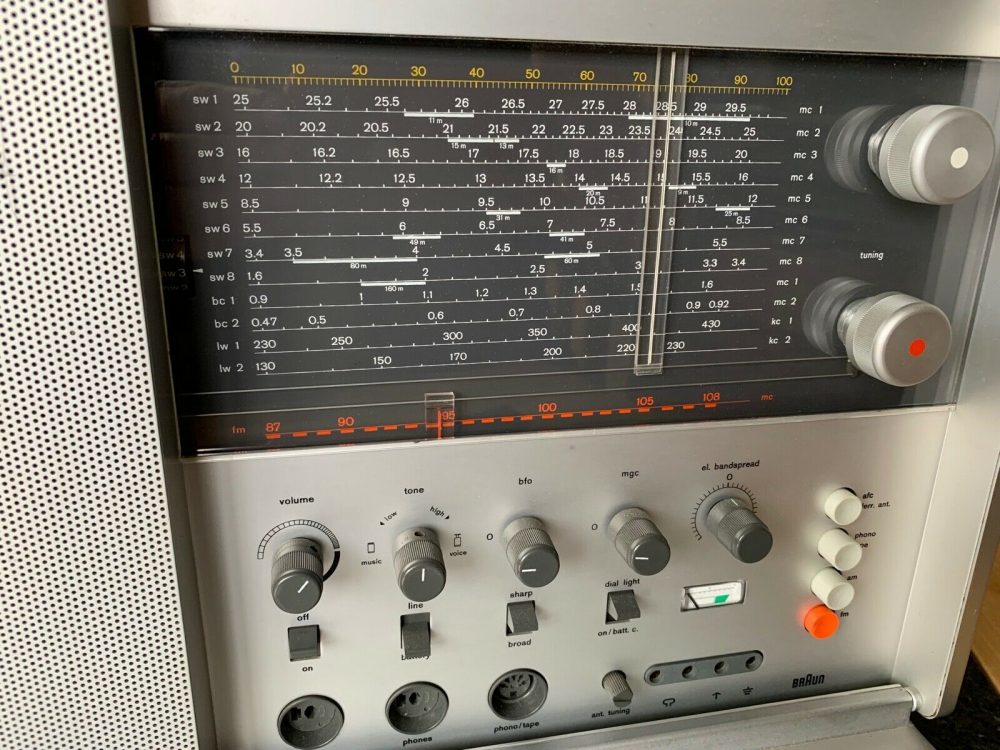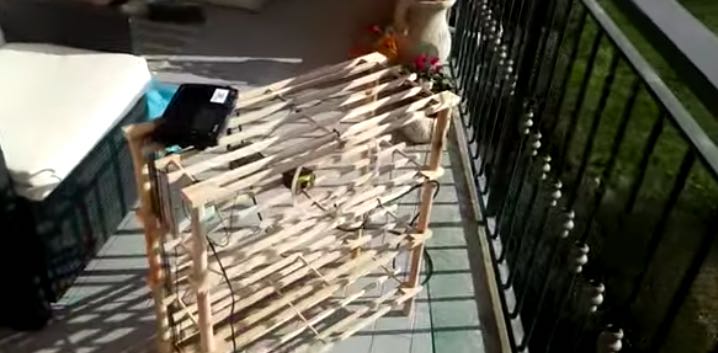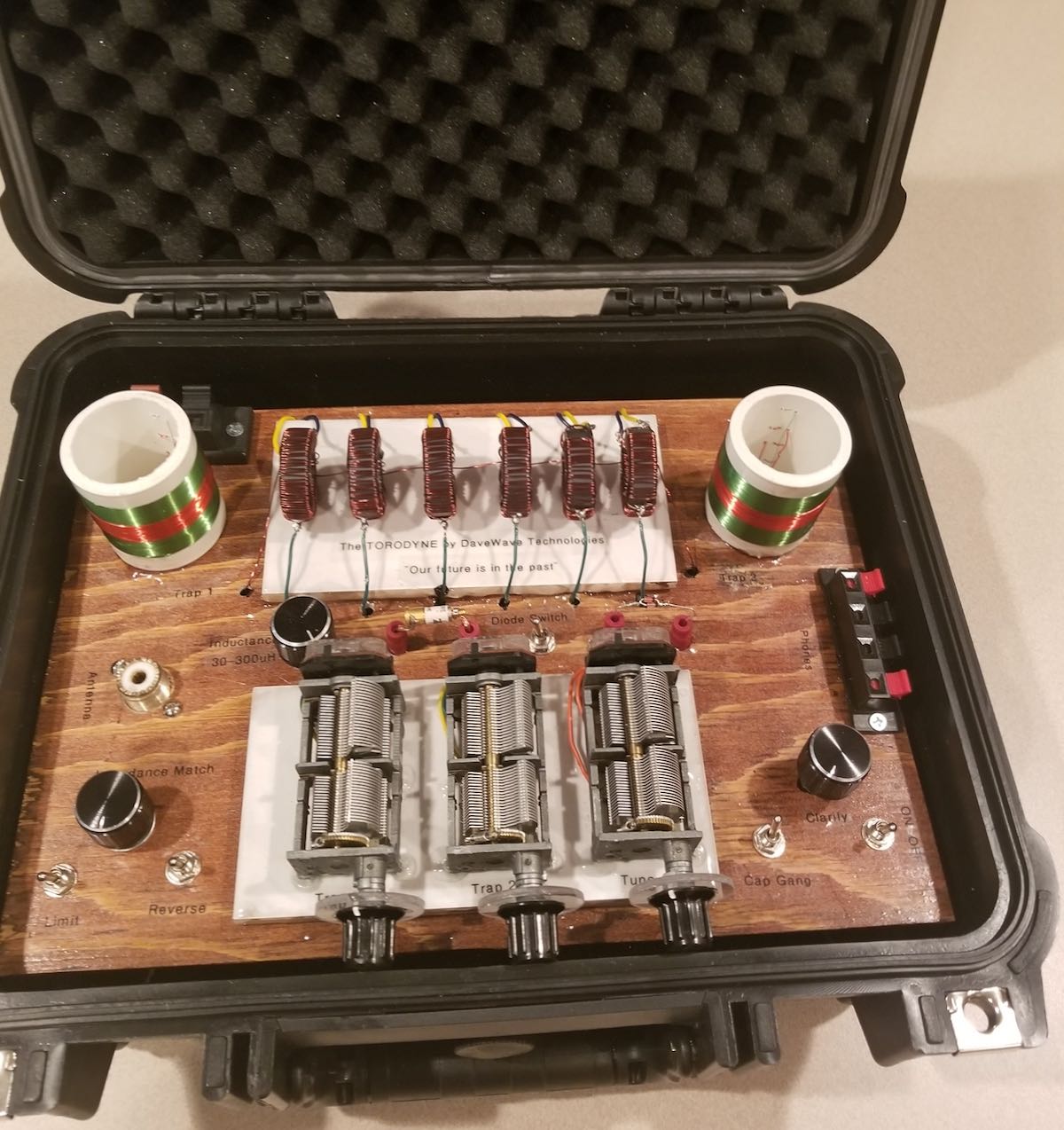Many thanks to SWLing Post contributor, Roseanna, with Radio Northern Europe International who shares the following announcement:
Radio Northern Europe International Show #26 Announcement!
Hei alle sammen,
RNEI #26 will be our two year anniversary .. it’s crazy to think that it’s already been two years since the first episode of RNEI back in February 2020!
I’ve put together a packed show full of lesser known music and artists and worked extra hard to make this show a good one and we’ve now got a new weekly slot on 15770KHz WRMI for our European listeners!
Some of the goodies you’ll hear in RNEI 26 are:
- Some little known artists like Svea S, LAOISE and Vök
- TATYANA wanting to lock us down
- Little known Samí artist Inna Marja Amindsen brings us a fantastic joik
- Our Song of the Month chosen by Karl from Scandipop.co.uk
- Our most edited dance mix ever complete with MFSK 64 data!
- On WRMI 5850, 7780 & some 15770 broadcasts or our On-Demand shows you’ll also hear:
- Mamma’s Mest Metal (there are some fantastic choices this show!)
- Stephen’s Feature on the Swedish-Samí artist Sofia Jannok
- Daz’s EasyDRF Playlist (Decoder here – WRMI only)
- On Channel 292 & some 15770 broadcasts you’ll also hear :
- You will hear a fantastic episode of This is an Express Music Show (There are some production delays so the 292 version might be just RNEI 26 repeated or a shorter 30 minute broadcast)
- You’ll also have a chance to receive Daz’s EasyDRF Playlist (Decoder here) just before TIAEMS starts
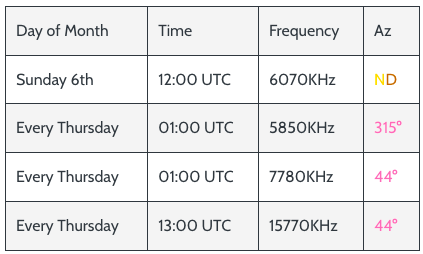
ND = non directional. The colour of AZ matches the map prediction.
For our schedule on other frequencies please see rnei.org/listen.
We’ve recently added 15770KHz as a testing main frequency for our European listeners and we are really looking forward to hearing your feedback about this change!
Note: 15770KHz at this time has interference on the lower side band.
For radios we recommend using USB mode or tuning between 15772 – 15774KHz to eliminate the noise. For SDRs we recommend using a notch filter or dragging the lower side of the filter in.
If you miss the show or are unable to hear it you can always catch up on demand and, if you prefer to only hear our music, we have Spotify Playlists of each show which are usually published shortly after the first broadcast of the show on WRMI!
We really hope you enjoy this show and look forward to receiving your feedback and reception reports,
Til vi møtes igjen,
Roseanna
Click here to read full announcement and additional details at RNEI.org.

